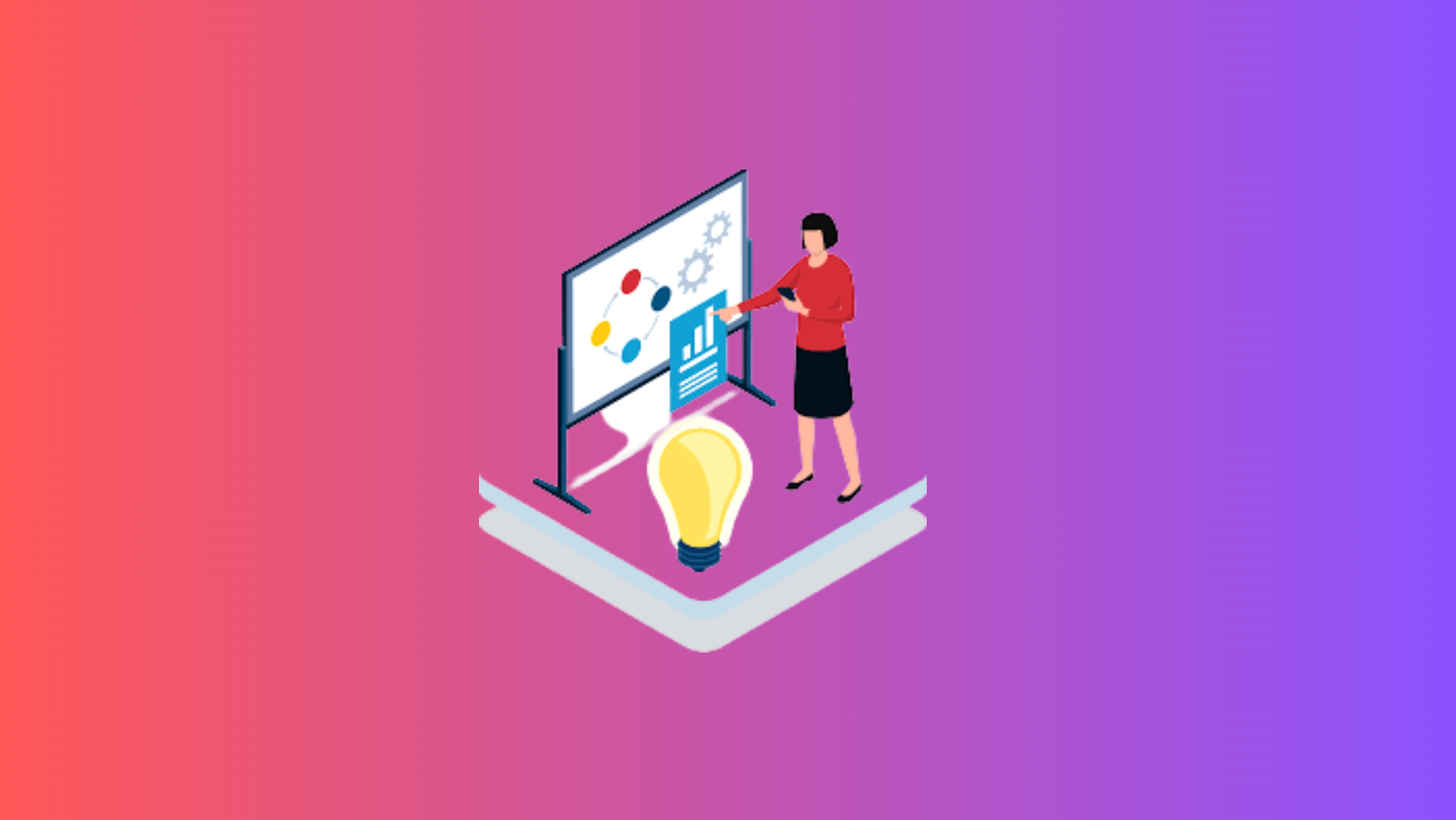What is Cloud Computing?
Cloud computing is an Information Technology prototype that enables access to shared pools of configurable system resources and higher-level services that can be quickly maintained with slight management effort over the internet
Uses of Cloud Computing:
It is fair that cloud computing is making it all possible behind the scenes, when you use an online service to edit documents, send email, watch movies or TV, listen to music, play games or store pictures and other files, The first cloud computing services are almost a decade old, but already a variety of organisations from tiny startups to global corporations to non-profits are grasping the technology for all kinds of reasons.
Arrow2
- Create new applications and services
- Host websites and blogs
- Deliver software on demand
- Stream audio and video
- Store, back up and restore data
- Analyse data for patterns and make predictions
Types of Cloud Services:
IAAS
The Expenses and Complexity of Buying and managing the physical servers,other data center infrastructure will be avoided with the help of IAAS. Each resource has a separate service component and you just need to take a particular one for as long as you need it. Infrastructure, installation, configuration , software(operating systems), middleware and applications can be managed by cloud computing service provider.
PAAS
Platform as a service (PaaS) are used for applications and other development, while providing cloud components to software.PaaS resources enables you to deliver everything from simple cloud-based apps to sophisticated, cloud-enabled enterprise applications. On a pay-as-you-go basis you can purchase the resources and access them over a secure Internet connection from a cloud service provider .
SAAS
The complete software solution is Provided by SaaS for the resource purchased on a pay-as-you-go basis from a cloud service provider. You rent the use of an app for your organisation and your users connect to it over the Internet,usually with a web browser. SaaS allows your organisation to get quickly up and running with an app at minimal upfront cost. The infrastructure, middleware, app software and app data are located in the service provider’s data center.manages The hardware and software is managed by the service provider with the appropriate service agreement, will ensure the security and availability of the app and your data as well.
Benefits of Cloud Computing:
- Cost Cloud computing has put an end to the capital expense of buying hardware and software and setting up and running on-site datacenters like rack mounted server, providing continuous electricity for power and cooling, the IT experts for maintaining infrastructure.
- Speed Most cloud computing services provides self service, so even large amount of computing resources will be given in few minutes, normally with just a few mouse clicks, giving businesses a lot of adaptability and taking the pressure off capacity outlining.
- Performance: The largest cloud computing services run on a worldwide network of secure data centers, which are frequently promoting to the latest creation of fast and systematic computing hardware. This presents various advantage over only one corporate data center, including reduced network latency for applications and greater economies of scale.
- Global scale An advantage of cloud computing services incorporate the scalability elastically.In providing the right amount of IT resources, for example, more or less computings, storage, bandwidth etc. when it is required and from the right geographic region.
- Productivity On-site data centers typically needs heaps of “racking and stacking” such as hardware set up, software patching and other time-consuming IT management routine tasks. Cloud computing eliminates the demand for many of these tasks, so more important business goals can be reached by IT managements using their time.
- Reliability: Data backup, Disaster recovery and Business continuity have become effortless and less costlier by Cloud Computing because data can be mirrored at multiple redundant sites on the cloud provider’s network.
Types of Cloud Deployments:
Public Cloud:
Third-party cloud service providers own and operate public clouds, which give their computing resources over the Internet, such as servers and storage.Microsoft Azure is an example of a public cloud. All hardware, software and other aiding infrastructure , With a public cloud is possessed and maintained by the cloud provider. Using a web browser one can access these services and maintain their account.
Private Cloud:
computing resources that are used completely either by a single business or organisation is referred as a Private Cloud. A private cloud can be positioned on the company’s on-site datacenter. To host their private cloud ,companies pay third party service providers .The aid and infrastructure are maintained on a private network in a private cloud
Hybrid Cloud:
Hybrid clouds binds private and public clouds, together by technology that acknowledge data and applications to be shared between them. By allowing data and applications to shift between private and public clouds, Businesses outstanding adaptability and more deployment choices are given by hybrid cloud.
How Cloud Computing works:
Cloud computing services works little unique, depending on the provider. Ordering of resources and managing accounts is done by developers and IT professionals which was made easier by browser-based dashboard through cloud computing. To work with REST APIs and a command-line interface (CLI) Some cloud computing services are designed, giving developers numerous options.
You May Also Like
These Related Stories

Accelerate Sales Success with Oracle CPQ Powerful Configure and Price

Why Adobe Launch is a Game-Changer for Modern Marketers

No Comments Yet
Let us know what you think